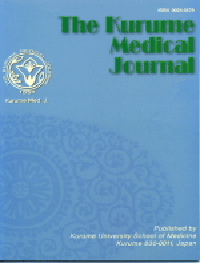Article in Press
Open Access
Abstract
Discoveries from basic science research in the last decade have brought significant progress in knowledge of pathophysiologic processes of allergic diseases, with a compelling impact on understanding of the natural history, risk prediction, treatment selection or mechanism-specific prevention strategies. The view of the pathophysiology of allergic diseases developed from a mechanistic approach, with a focus on symptoms and organ function, to the recognition of a complex network of immunological pathways. Several subtypes of inflammation and complex immune-regulatory networks and the reasons for their failure are now described, that open the way for the development of new diagnostic tools and innovative targeted-treatments.

